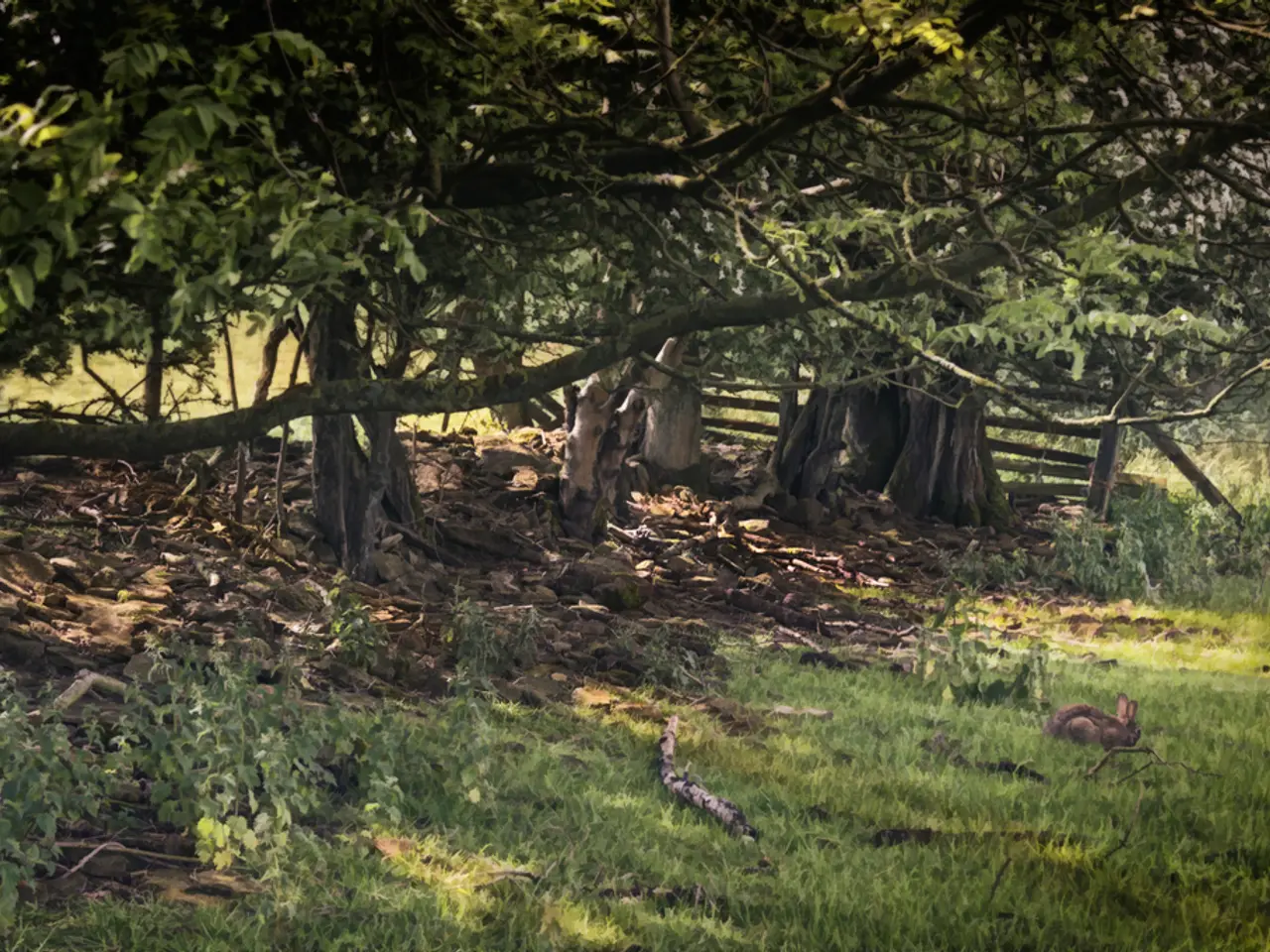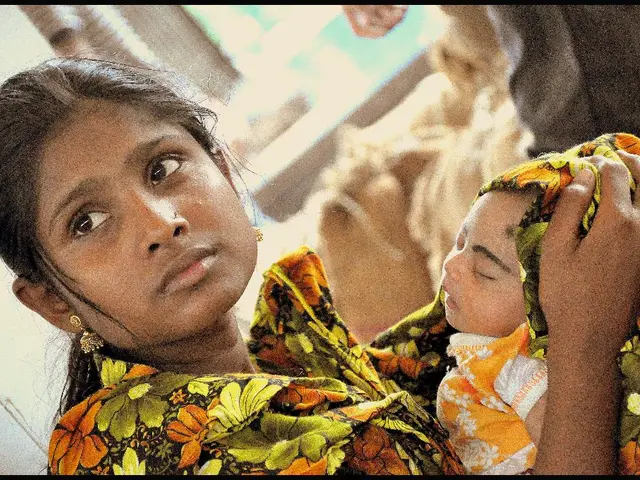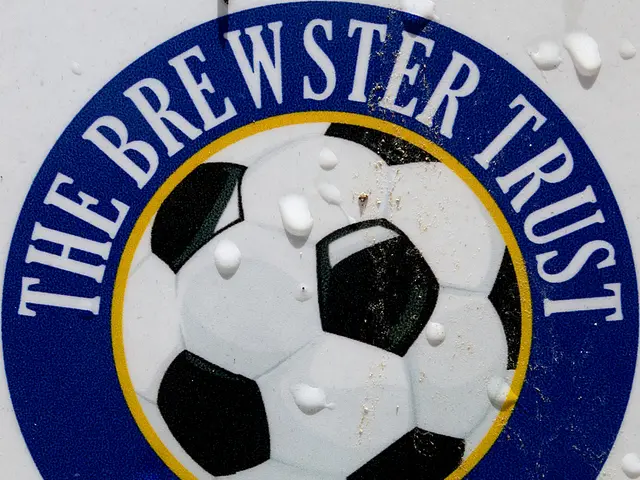Promoting Eco-Friendly Practices in Tobacco Cultivation
In the world of tobacco farming, a shift towards sustainability is sparking innovation and strengthening community bonds. Tobacco farmers and companies are implementing various practices aimed at improving yields while protecting the environment, addressing the traditional challenges that tobacco farming has posed such as soil depletion, deforestation, and greenhouse gas emissions.
Key sustainable practices include energy efficiency and the use of cleaner curing fuels. Companies like Philip Morris International are working closely with suppliers to encourage more energy-efficient curing methods and to switch to fuels that emit fewer greenhouse gases, thereby reducing the environmental impact during the curing process.
Tobacco companies are also providing farmers with tree saplings to cultivate sustainable fuel sources for curing tobacco, aiming to reduce deforestation caused by wood harvesting for curing fuel. Farmers are receiving training on improved agricultural techniques and technologies that promote sustainability, with British American Tobacco’s Global Leaf Agronomy Development centre collaborating with farmers to introduce better agricultural practices, including AI-driven tools to analyze data which helps increase yield while minimizing environmental harm.
Satellite monitoring systems are being used to track potential deforestation caused by tobacco farming, allowing early intervention. British American Tobacco has also developed a regenerative agriculture framework to assess and restore farmland ecosystems, which they plan to pilot soon. Water usage in tobacco cultivation has been successfully reduced, with a reported 47.4% reduction in water withdrawn in 2024 compared to the 2017 baseline, achieving targets earlier than planned.
Despite these efforts, tobacco farming continues to cause significant environmental damage historically, such as deforestation in Africa where large forest areas have been cleared to grow tobacco, promoting soil erosion and depletion leading to abandoned wastelands. However, the current sustainable initiatives represent crucial steps toward mitigating these adverse impacts while improving yield efficiency and maintaining farmer livelihoods.
Collective efforts in sustainable farming lead to shared victories and a network of hope that extends beyond individual fields. Consumers are forming stronger connections with products as they learn about the sustainable efforts behind them. Farmers are actively engaging with consumers to share their sustainability journeys, demonstrating consumer engagement at local markets.
In conclusion, tobacco farmers are adopting sustainable practices such as energy-efficient curing, reforestation efforts, advanced agronomy training, satellite monitoring to combat deforestation, and water conservation measures to both improve yields and protect the environment. These initiatives not only foster positive change in the environmental tapestry but also demonstrate how every choice can contribute to a greener future.
[1] Philip Morris International. (2020). Sustainable Tobacco Growing. Retrieved from https://www.pmi.com/who-we-are/our-approach/sustainability/our-approach-to-sustainability/sustainable-tobacco-growing
[2] Food and Agriculture Organization of the United Nations. (2018). The State of Food and Agriculture 2018: Moving forward on food loss and waste reduction. Retrieved from https://www.fao.org/3/a-i6948e.pdf
[3] British American Tobacco. (2020). Sustainable Tobacco Growing. Retrieved from https://www.bat.com/sustainability/sustainable-tobacco-growing/
[4] British American Tobacco. (2021). BAT's Sustainable Tobacco Programme. Retrieved from https://www.bat.com/sustainability/sustainable-tobacco-programme/
- Tobacco companies are promoting automation in curing methods and fuel sources, partnering with suppliers to adopt cleaner and more energy-efficient solutions, such as AI-driven tools in agriculture.
- Companies are providing farmers with opportunities for research and development, offering training on innovative sustainable practices that promote smart usage of technology for improved yields while minimizing environmental harm.
- Smart systems, such as satellite monitoring, are being implemented to track environmental impact, allowing for early intervention and preventive measures against deforestation and soil depletion.
- In addition to addressing climate change, initiatives in sustainable living, home-and-garden, and environmental-science are inspiring lifestyle adjustments that prioritize sustainable solutions for a greener planet.
- The glass of sustainability reflects the commitment of tobacco farmers and companies to find solutions for climate-change challenges, supporting local communities and fostering a culture of hope through shared victories.
- Consumers are increasingly interested in understanding the origins of the products they purchase, engaging with farmers to learn about their sustainable farming journeys and contributing to a more sustainable lifestyle.
- The adoption of sustainable practices in tobacco farming demonstrates the potential for technology and innovation to drive positive change, not only for environmental protection but also for promoting a lifestyle that fosters sustainable living.








